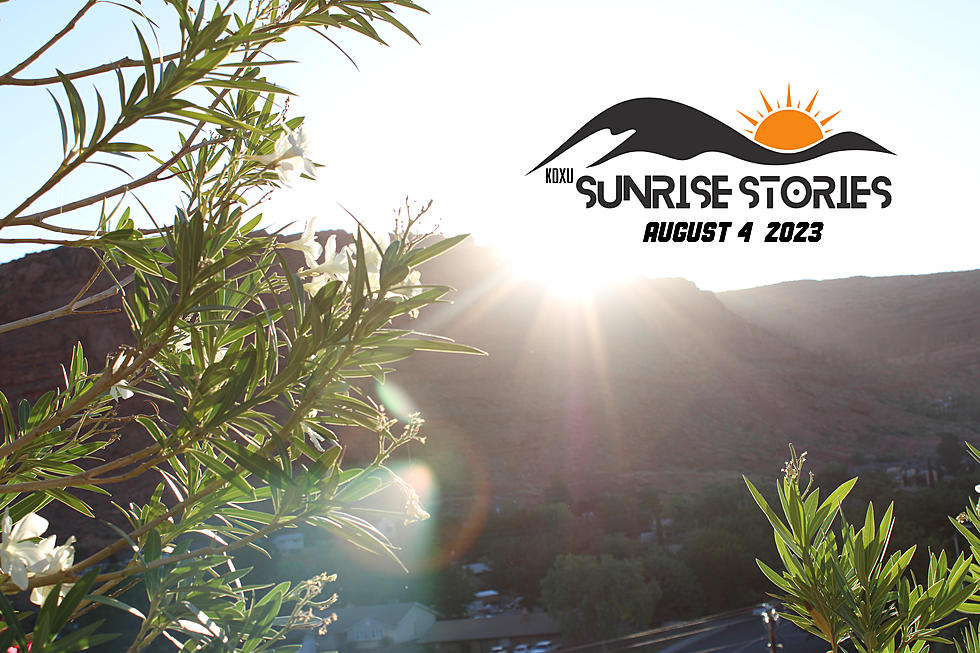
Sand Hollow State Park’s Most Important Feature Can’t Be Seen
Sand Hollow State Park is one of the most popular spots for recreation in Utah. Open water combined with nearby sand dunes brings in boaters and off-road enthusiasts from Utah, Nevada and Arizona.
As great as the opportunities for fun are, the reservoir is even more important for Southern Utah’s water supply.
The reservoir was created in 2002 from a natural depression in the Navajo sandstone and water pumped in from the Virgin River. I’m old enough to have camped at the bottom of the rock out cropping that has become a popular place to jump off the cliffs. It took nearly four years to fill to capacity and create the mini-Lake Powell that is so enjoyed today.
The great thing about Sand Hollow is not only the water storage capacity that you see boats and personal watercraft skim around on, but the capacity of the underlying sandstone is even more important. Navajo sandstone acts somewhat like a sponge and can soak up water in the rock and the aquifer underneath. This increases the water storage available in a big way, storing multiple times the amount below ground.
Picture the water stored in the stone deep beneath the reservoir that can be recovered by surrounding wells. This water is not subject to evaporation as the water on the surface. It is available as the population grows and provides needed storage in times of drought.
There are also underground pipes that connect with Quail Reservoir and make it possible to send water back and forth and maintain the levels of both. Without this amazing piece of modern engineering, St. George and the surrounding area would have run out of water years ago.



